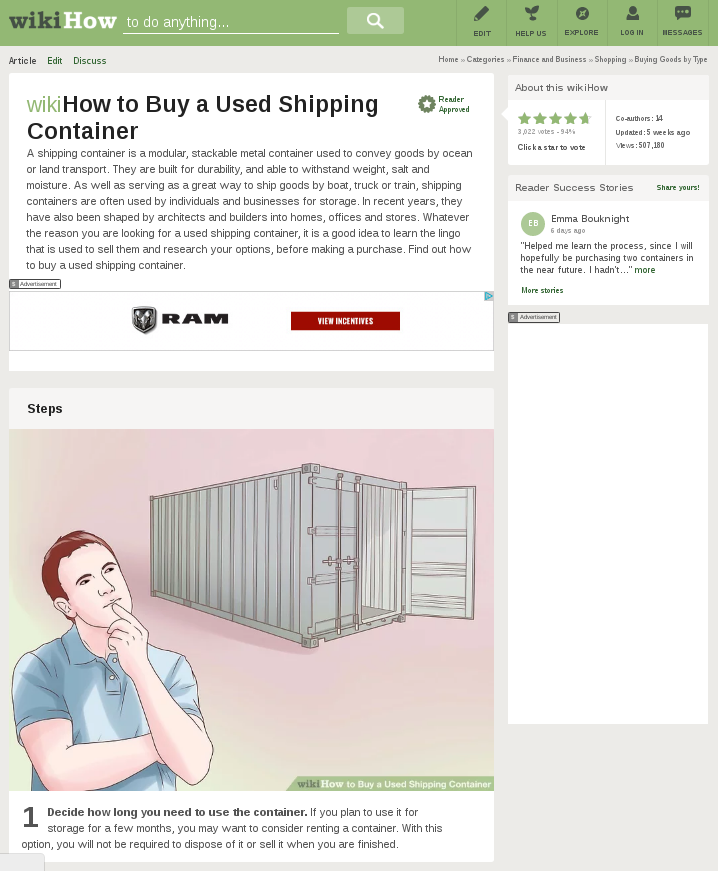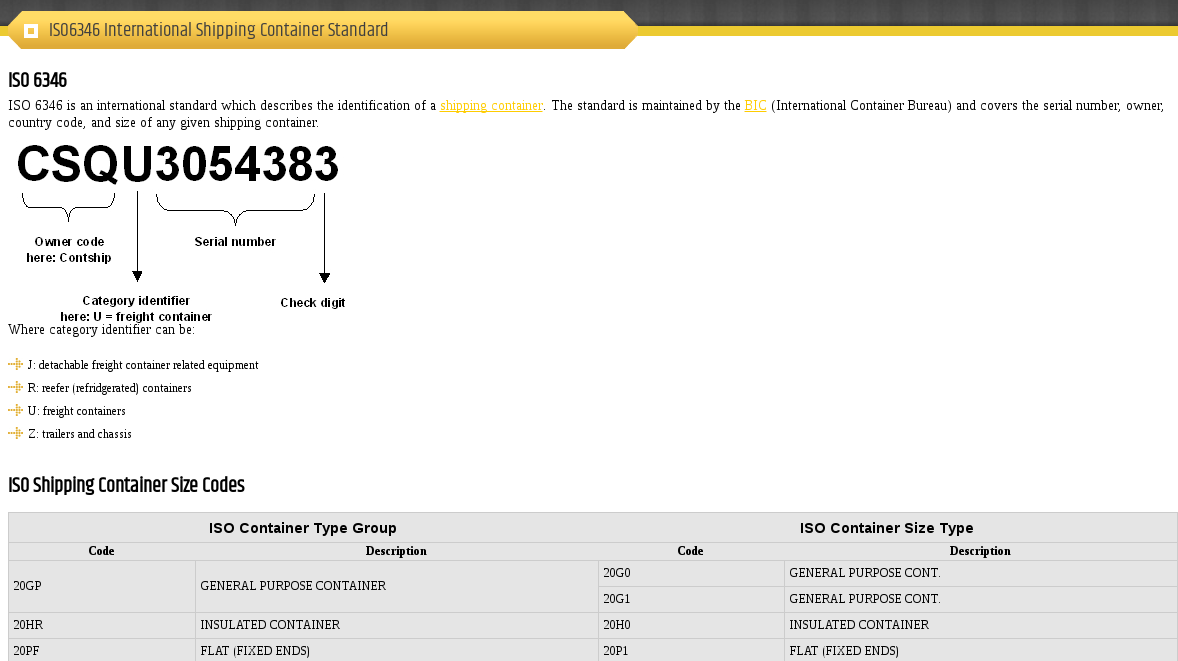Let’s dig into these three concepts a bit deeper: Portability Since the OCI standard governs the images specification, a container image can be created with Podman, pushed to almost any container registry, shared with the world, and consumed by almost any container engine including Docker, RKT, CRI-O, containerd and, of course, other Podman instances. Standardizing
Tag: Container Portability
Architecting Containers Part 1: Why Understanding User Space vs. Kernel Space Matters
Perhaps you’ve been charged with developing a container-based application infrastructure? If so, you most likely understand the value that containers can provide to your developers, architects, and operations team. In fact, you’ve likely been reading up on containers and are excited about exploring the technology in more detail. However, before diving head-first into a discussion
The Limits of Compatibility and Supportability with Containers
Many folks who do container development have run Alpine container images. You might have run Fedora, Red Hat Enterprise Linux (RHEL), CentOS, Debian, and Ubuntu images as well. If you are adventurous, you may have even run Arch, Gentoo, or dare I say, really old container images – like, RHEL 5 old. If you have some
Continue Reading “The Limits of Compatibility and Supportability with Containers”
Engineering Compatibility with The Red Hat Universal Base Image
The Red Hat Universal Base Image (UBI) has an end user license agreement which allows partners, customers and community members to deploy it anywhere, but it takes a lot more than a license to create a container base image that’s suitable for your enterprise applications. In part, suitability for enterprise deployments comes from the compatibility guarantees of
Continue Reading “Engineering Compatibility with The Red Hat Universal Base Image”
Rootless Podman on PowerPC (That’s a Mouthful)

Background I was thinking about naming this article the POWER of Podman, or Podman on Power or Power Man or…but I digress. Confession, it’s been a long time since I played with a POWER system. The last time I did it, it was difficult to get Linux booted up. Now days, with Red Hat Virtualization,
Continue Reading “Rootless Podman on PowerPC (That’s a Mouthful)”
How to Buy a Used Linux Container

How do you buy a used Linux container? A quick search of “how to buy a shipping container” will turn up a wealth of information, especially how to evaluate used ones. While all analogies are imperfect, this one is pretty good and it does highlight an interesting problem – basically, any Linux container image over
Container Portability: Part 3

The Paths Forward In Container Portability: Part2: Code Portability Today, we discussed how there are no regression tests, there is no complete interface standard, there is definitely pain ahead if we think we can use today’s container images (level 3B) on tomorrow’s container hosts (level 3A), 10 years from now. So, what’s the solution? With
The Open Containers Initiative: Software Containers vs. Shipping Containers

Like in the physical world of shipping containers, the OCI container image and runtime formats are critical because they allow for infrastructure and investment to happen among a bunch competing and collaborating entities. Vendors can invest in building an ecosystem of tools, orchestrators, registry servers, etc. Users can extract value from the ecosystem, move containers where
Continue Reading “The Open Containers Initiative: Software Containers vs. Shipping Containers”
Container Portability: Part 2

Code Portability Today In Container Portability: Part 1: A Brief History in Code Portability, we explored the genesis of code portability and visited structured computer organization to highlight the six commonly found levels in modern computing. Revisiting the six layers – nobody debates the portability of the upper two layers – Application Programmers know that C
Container Portability: Part 1

A Brief History in Code Portability Do you know why you can take a Python program and run it on any computer that has a Python interpreter on it? Well, because the computer industry has made a huge amount of investment into providing portability over the last 70 years. In the beginning, computers didn’t have